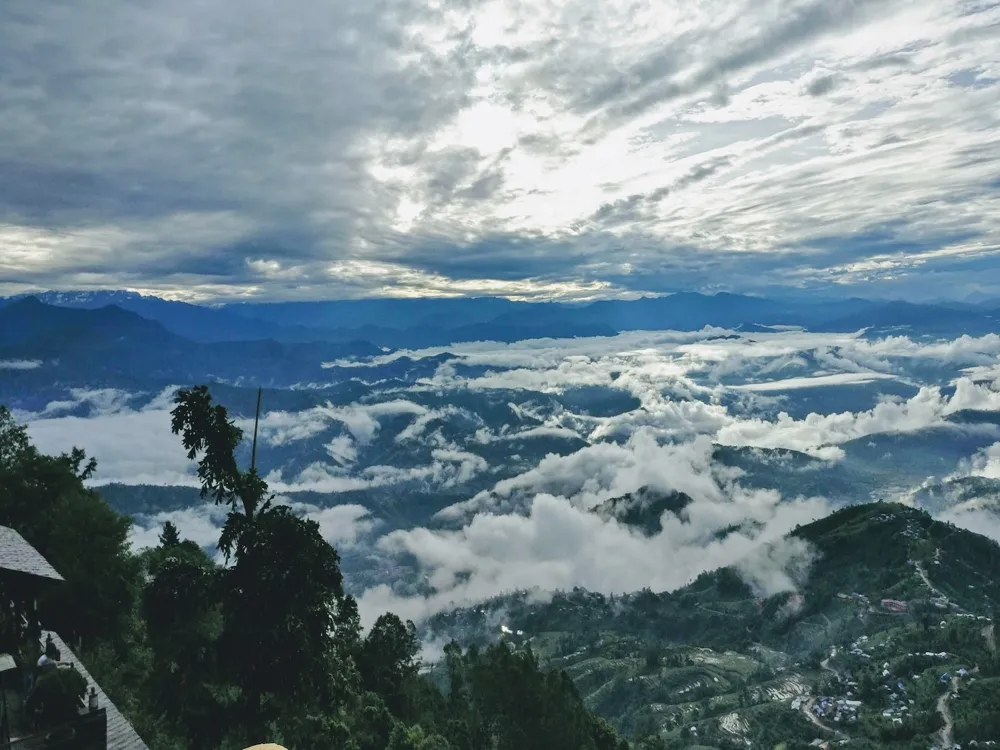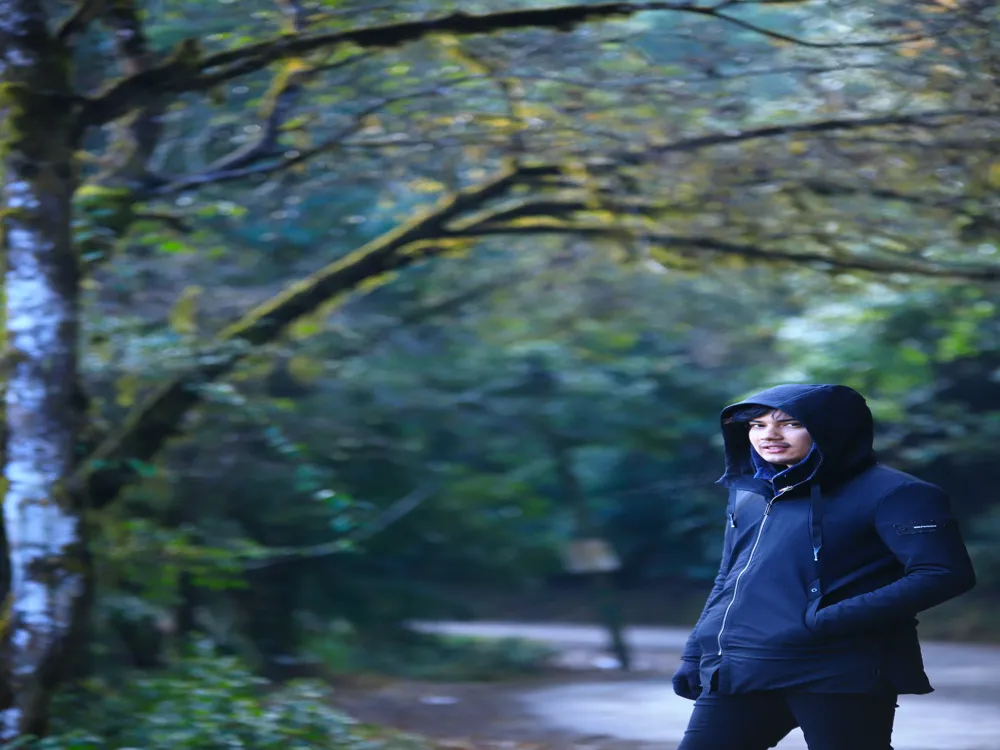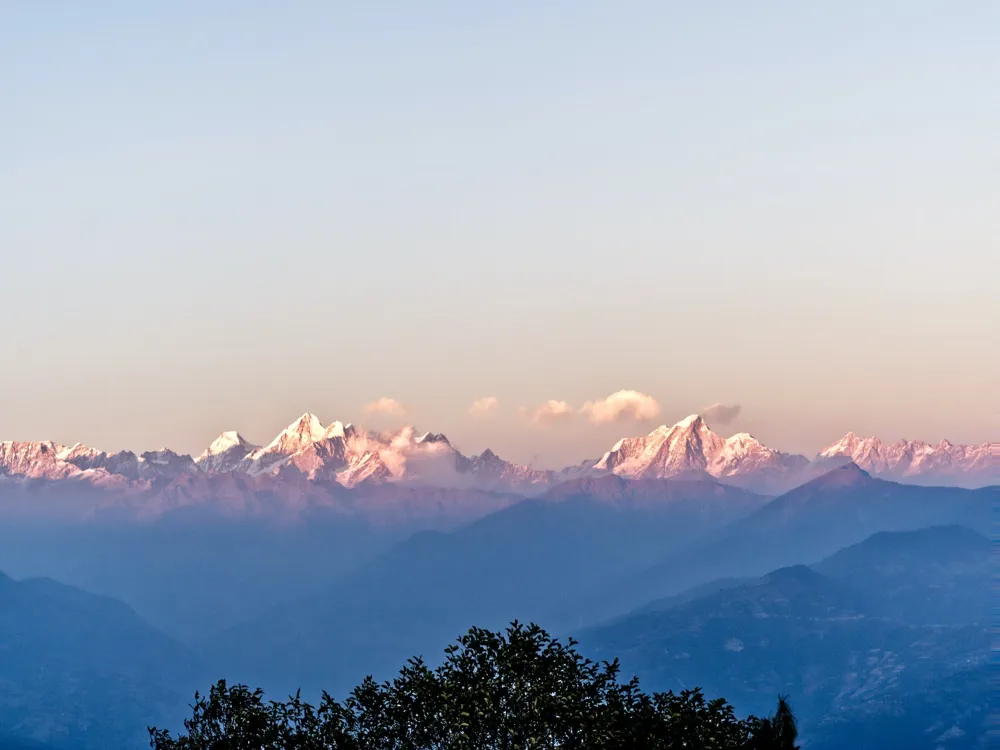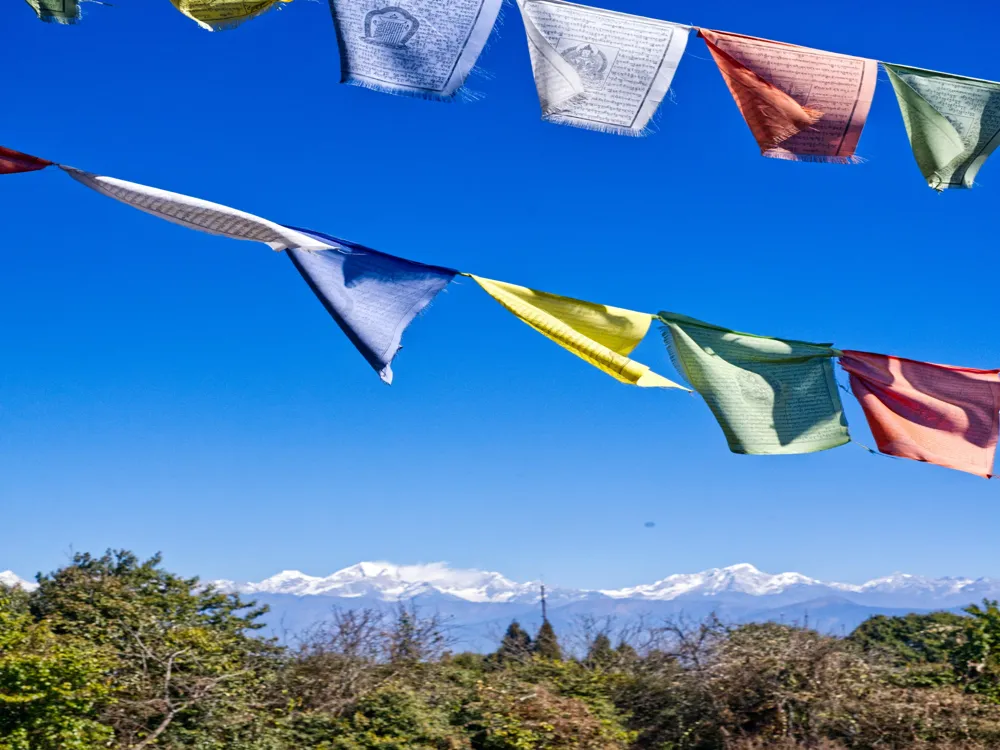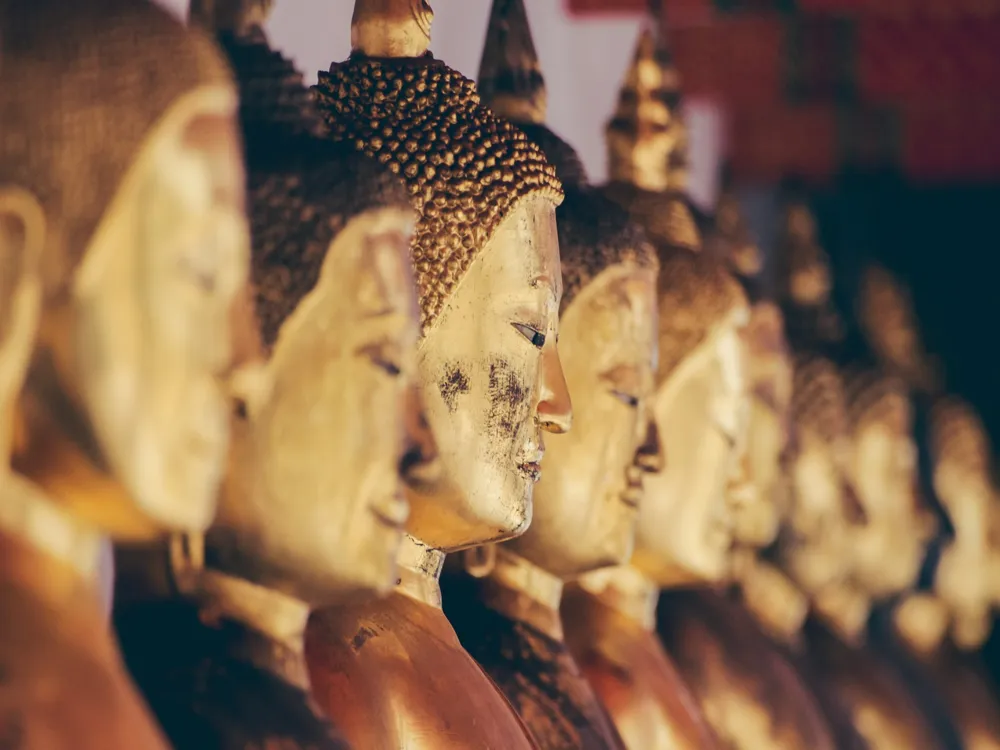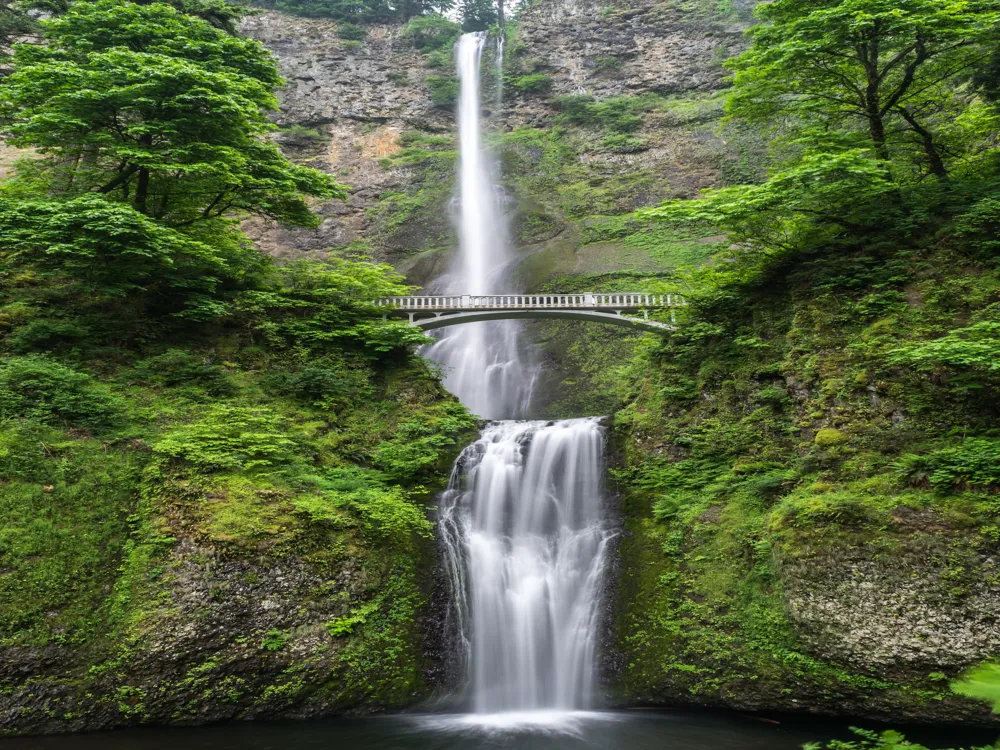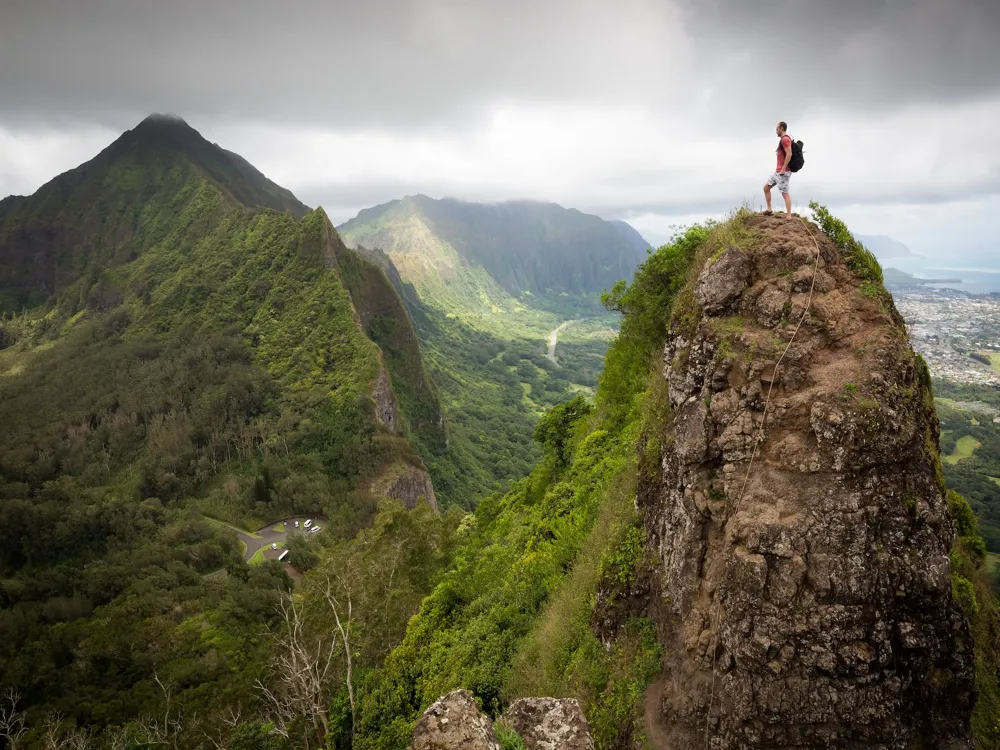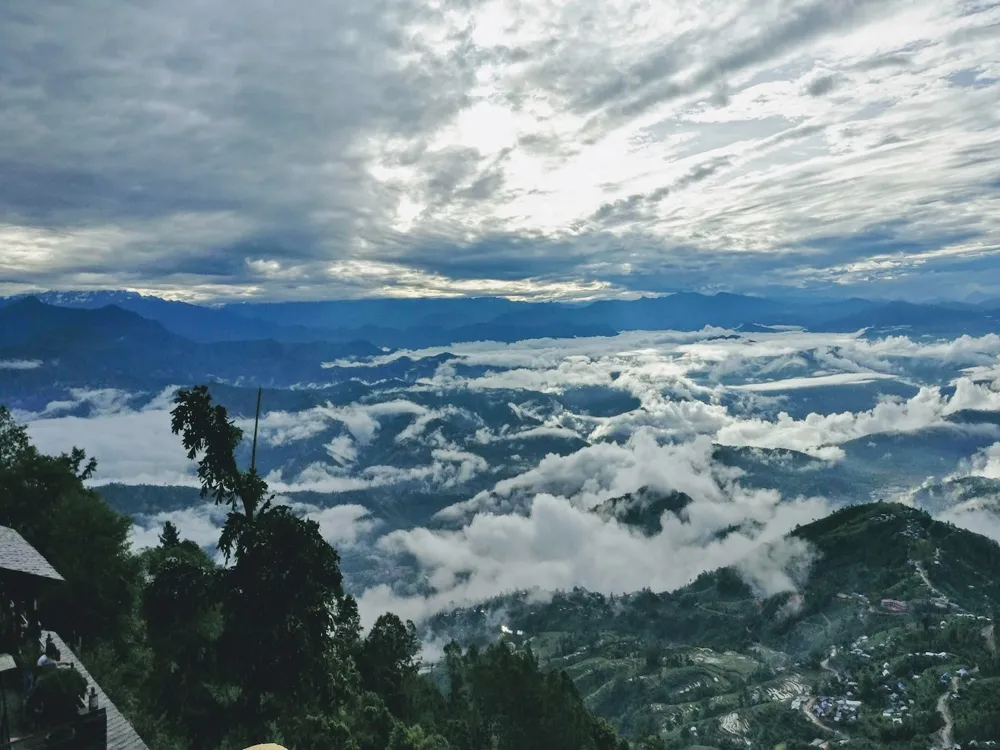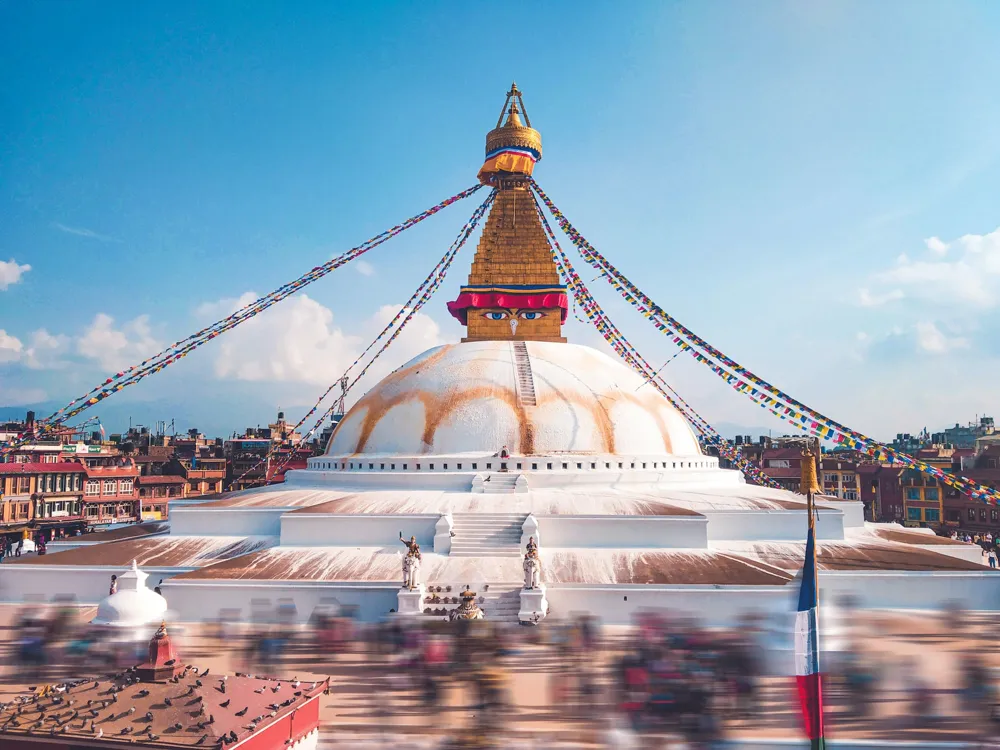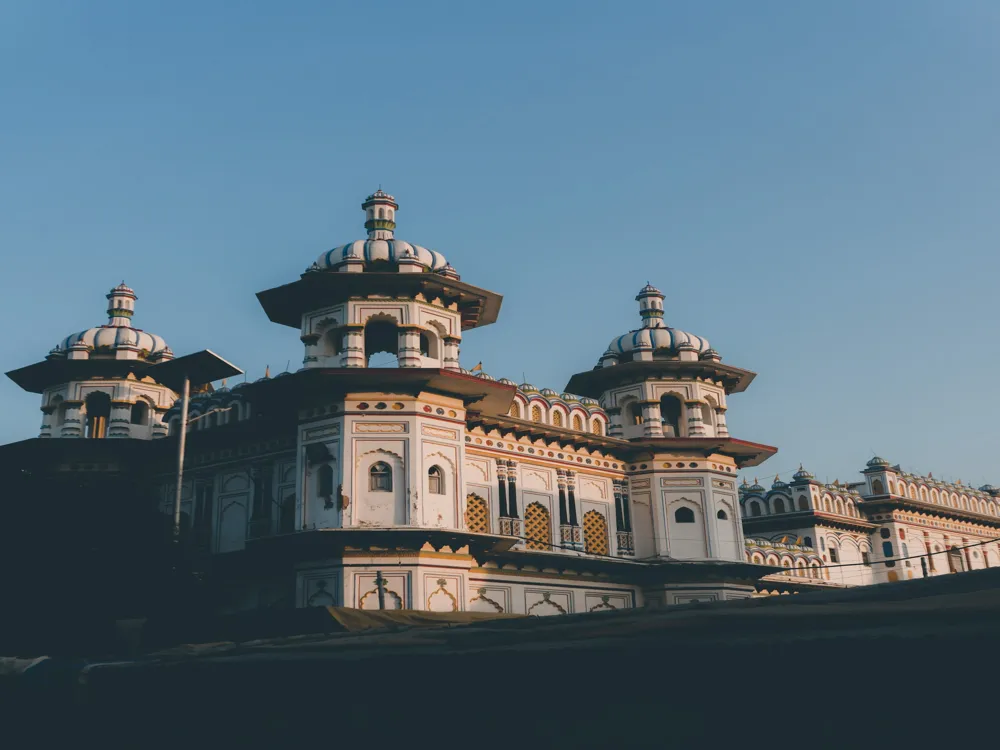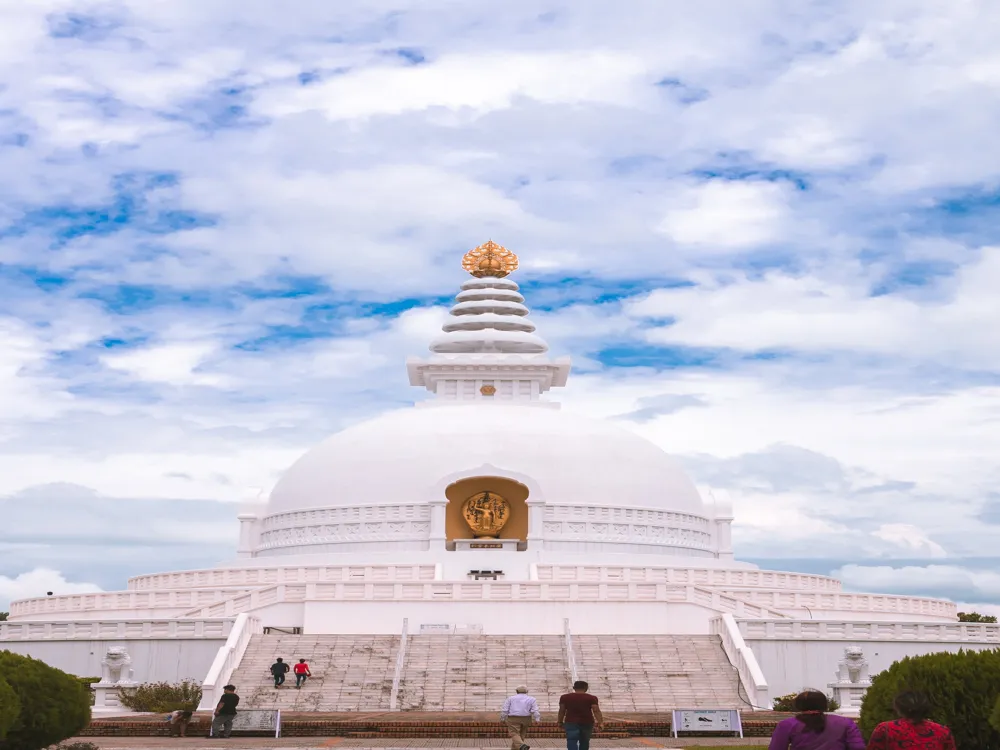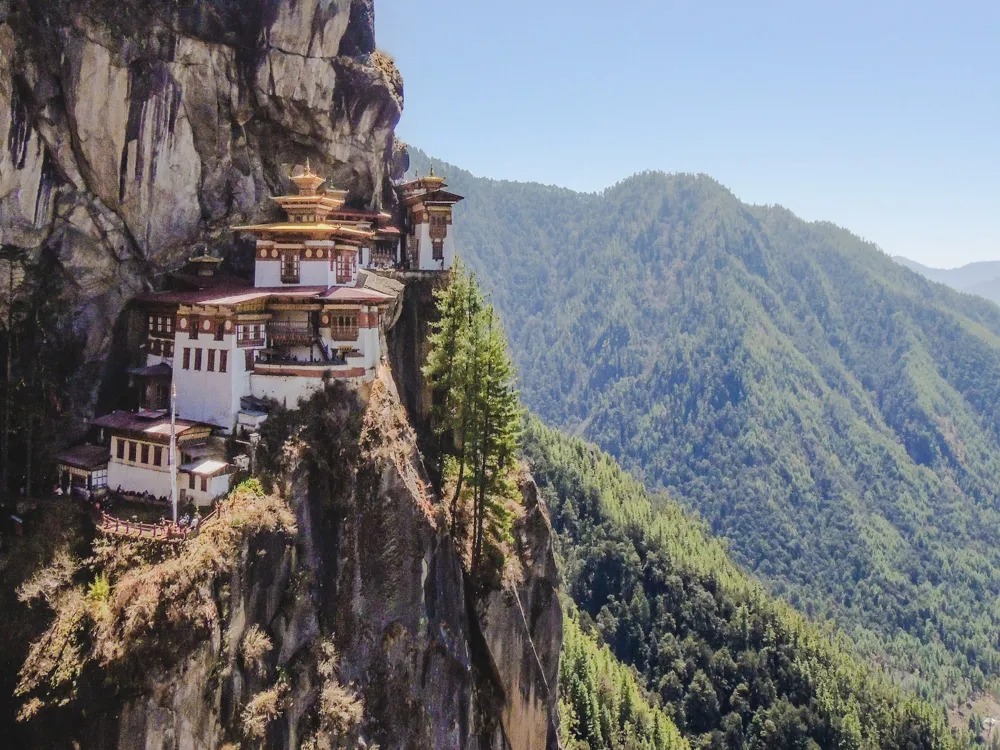Best Time to Visit Nagarkot
Nepal
4 out of 13 Places to visit in Nepal₹ 15,850 onwards View Packages
Get Customized PackagesThe Land of Diversity
Top Hotel Collections

Private Pool

Luxury Hotels

5-Star Hotels

Pet Friendly
What is the Best Time to Visit Nagarkot?
Nagarkot, the panoramic hill station near Kathmandu, unveils its breathtaking beauty throughout the year, each season adding a unique charm. However, the ideal time to visit this Himalayan haven is during the spring and autumn months, from March to May and September to November. During these periods, the weather is mild and clear, offering spectacular views of the Himalayan range, including the iconic Mount Everest. The air is crisp, and the landscapes are adorned with blooming rhododendrons in spring and lush greenery in autumn. These months provide a perfect backdrop for trekking, sightseeing, and immersing in Nagarkot's natural splendor.
More about the Best Time to Travel to Nagarkot
Travel Peak Season in Nagarkot
Nagarkot's peak season, from March to May and September to November, is a paradise for travelers seeking optimal weather and breathtaking mountain vistas. With temperatures ranging from 10°C to 25°C, this period is ideal for trekking, sightseeing, and capturing the majestic Himalayan range. The clear skies during the peak season offer unparalleled views of Mount Everest and surrounding peaks. Visitors can indulge in outdoor activities, explore nearby trails, and witness Nagarkot in its full splendor. Planning a visit during the peak season ensures an enchanting and memorable experience in this Himalayan hill station.
Travel Offseason in Nagarkot
The offseason in Nagarkot, primarily during the scorching summer months from June to August, provides a serene escape for those seeking solitude and a break from the heat. While temperatures may rise, it's an opportune time for nature enthusiasts to witness the lush landscapes and enjoy quieter trails. Indoor activities, such as spa retreats and cultural explorations, offer respite from the summer heat. The offseason in Nagarkot invites a more relaxed atmosphere, allowing for a peaceful connection with nature and the hill station's tranquility, away from the peak-season hustle.
Nagarkot Travel Packages
View All Packages For Nagarkot
Nagarkot in Shoulder Season
Nagarkot in the shoulder seasons, February and December, presents a delightful climate with fewer crowds. With temperatures ranging from 5°C to 20°C, it's an opportune time for a more contemplative visit, enjoying the crisp air and scenic beauty. The shoulder seasons offer a quieter ambiance compared to the peak months, allowing for a more intimate connection with Nagarkot's natural wonders. Whether strolling along the ridge or admiring the sunrise and sunset views, Nagarkot in the shoulder season provides an optimal setting for a tranquil and rejuvenating experience in this Himalayan retreat.
Nagarkot in Hot Season
Nagarkot in the hot season, from June to August, experiences warmer temperatures, ranging from 15°C to 30°C. While the heat may be intense, this period offers a unique perspective on the hill station's landscapes. Visitors can still enjoy the lush greenery and explore shaded trails during cooler parts of the day. The hot season is ideal for those who can withstand the heat and wish to experience Nagarkot's natural beauty with fewer fellow travelers. It unveils a different dimension of the hill station, providing a distinctive and rewarding summer escape.
Nagarkot in Rainy Season
Nagarkot in the rainy season, from July to September, transforms into a lush green landscape with occasional rain showers. While outdoor activities may be limited, the hill station's trails take on a different charm amidst the verdant surroundings. Travelers during the rainy season can explore Nagarkot's natural wonders indoors, witness the beauty of the monsoon rains, and enjoy a quieter experience away from the crowds. The rainy season in Nagarkot invites those who appreciate the beauty of nature and are willing to embrace the unique ambiance created by the rain in this Himalayan retreat.
Nagarkot in Cool Season
Nagarkot in the cool season, from December to February, offers a chilly yet enchanting atmosphere for travelers. With temperatures ranging from 0°C to 15°C, this period is perfect for those seeking a winter escape and panoramic mountain views. The cool season sets the stage for enjoying cozy moments by the fireplace, capturing snow-capped peaks, and relishing the crisp mountain air. While outdoor activities may require layers, Nagarkot in the cool season provides a serene and picturesque setting for a winter retreat, creating a memorable and charming experience in this Himalayan haven.
Places To Visit In Nagarkot
Nearby Places Nagarkot
Nagarkot Photos
View All Photos For NagarkotBrowse Package Collections
Browse Hotel Collections
Faq
Q1: When is the best time to visit Nagarkot for clear mountain views?
A1: The best time to enjoy clear mountain views in Nagarkot is during the autumn months of September to November. The skies are generally clear, and the weather is crisp, offering stunning panoramic views of the Himalayas.
Q2: Is Nagarkot suitable for visitation during the monsoon season?
A2: Nagarkot experiences heavy rainfall from June to August during the monsoon season, which may limit visibility and trekking opportunities. It is advisable to avoid visiting Nagarkot during this period if you seek clear views and outdoor activities.
Q3: What are the weather conditions during the winter months in Nagarkot?
A3: Winter in Nagarkot, from December to February, brings cold temperatures and occasional snowfall. While the landscape is transformed into a winter wonderland, it's essential to pack accordingly and be prepared for chilly weather.
Q4: Are there any specific festivals or events that make certain times of the year more special in Nagarkot?
A4: The Dashain and Tihar festivals, celebrated in October-November, bring a unique cultural vibrancy to Nagarkot. Visitors during this time can witness traditional rituals, colorful decorations, and a festive atmosphere.
Q5: What is the off-peak season in Nagarkot, and why might it be a good time to visit?
A5: The off-peak season in Nagarkot is during the summer months of June to August. While rainfall can be a concern, this period offers lush green landscapes, fewer tourists, and lower accommodation prices, making it an attractive option for budget travelers.

